Underwater scooters are fun gadgets that give every swimming, snorkeling, or diving adventure an extra boost. These are great ways to explore lakes, oceans, and even pools. But as fun as they look to use, there are several things you need to consider.
First, let's dive into the basics of underwater scooters to understand better how it works.
What is an Underwater Scooter?
Also called sea scooters, aqua scooters, or underwater Diver Propulsion Vehicles (DPV), underwater scooters are compact, waterproof devices that allow divers to quickly get around the ocean without spending too much energy swimming.
They are also famous for recreational use since they can use them for snorkeling or simple sea exploration.
What to Look for in an Underwater Scooter?
Speed
Some underwater scooters have more incredible speed than others and have throttle capabilities.
If you're looking for a scooter specifically for a child, a low maximum speed will do just fine and satisfy their craving for adventure.
For an adult, you may want to look for something that's a little faster.
If controlling the speed is an essential feature for you, you may want to invest in an underwater scooter with multiple speed settings.
Depth Limit
This specification isn't too important if you're using the scooter to snorkel or swim through shallow waters.
But if you're an experienced diver, you may want to consider going for a scooter that can go deeper than 30 meters or over 90 feet.
Buoyancy
If an underwater scooter manufacturer says their scooters have positive buoyancy, it means that the device will float up to the surface if you let it go in saltwater.
However, it also means that it will sink in lakes or freshwater. In cases like this, you need to ensure enough battery life to get back up to the surface.
Otherwise, you'll be carrying dead weight while you swim upwards.
Some scooters have neutral or zero buoyancy, which means they won't sink or float.
But of course, it will still depend on whether you're using it in saltwater, where it's easier to float, or in pools or freshwater.
Battery
Like you would for a regular electric scooter, make sure you pay attention to your underwater scooter's estimated maximum battery run time.
Most devices offer at least half an hour of run time before they need to be recharged.
If you opt for an underwater scooter with a lower battery run time, you may want to consider buying spare batteries.
Construction
The best sea scooters are made from durable materials such as thick polymer or non-corrosive materials.
Underwater scooters are built to allow divers to dive deeper. So, they are meant to be more robust than those meant primarily for recreational divers and snorkelers.
Weight
Weight can be an important factor depending on who the scooter is for and where you will use it.
Most underwater scooters weigh under 20 pounds or 10 kg, which can be a bit heavy for kids, especially if it doesn't float.
When choosing a scooter, you should also keep in mind that in case you run out of battery, you're going to have to swim up to the surface with its weight.
But if your scooter is buoyant, then it shouldn't cause much of a hassle.
However, it's always essential to ensure that you know what kind of scooter you choose before purchasing or before diving.
Price
The usual price of a high-quality DPV ranges from $250 to $4000 and tends to correlate to its durability and features strongly.
If you are a recreational diver, a mid-range underwater scooter will probably meet all your needs.
Technical and professional divers will want a robust and high-end DPV to ensure that it doesn't break while in a harsh underwater environment.
Snorkelers and shallow divers will probably be satisfied with lower-priced underwater scooters.
However, most sea scooters priced below $250 often break after just one or two uses and might be a waste of money. So, it's best to invest in a high-quality DPV that you can use for a long time.


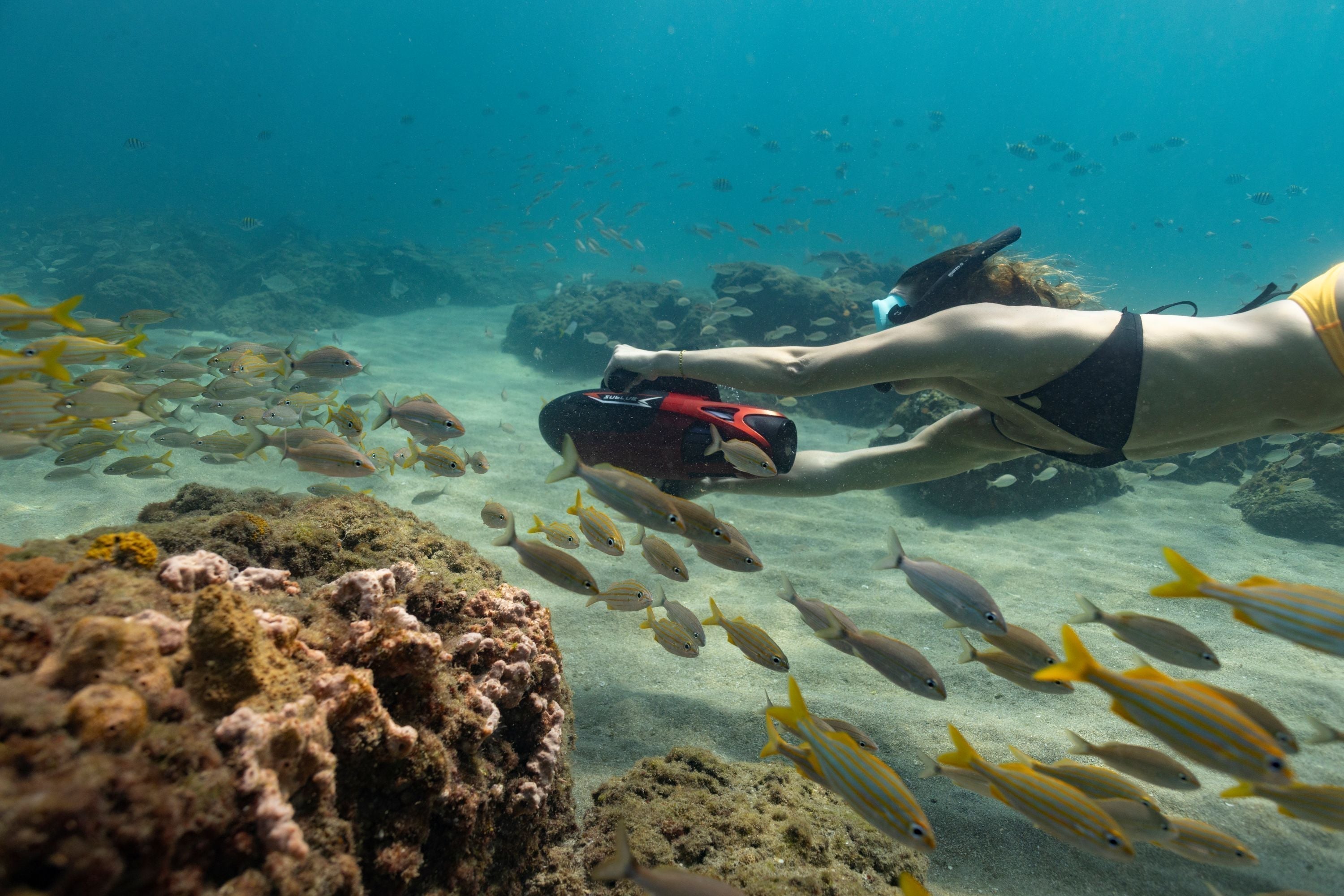
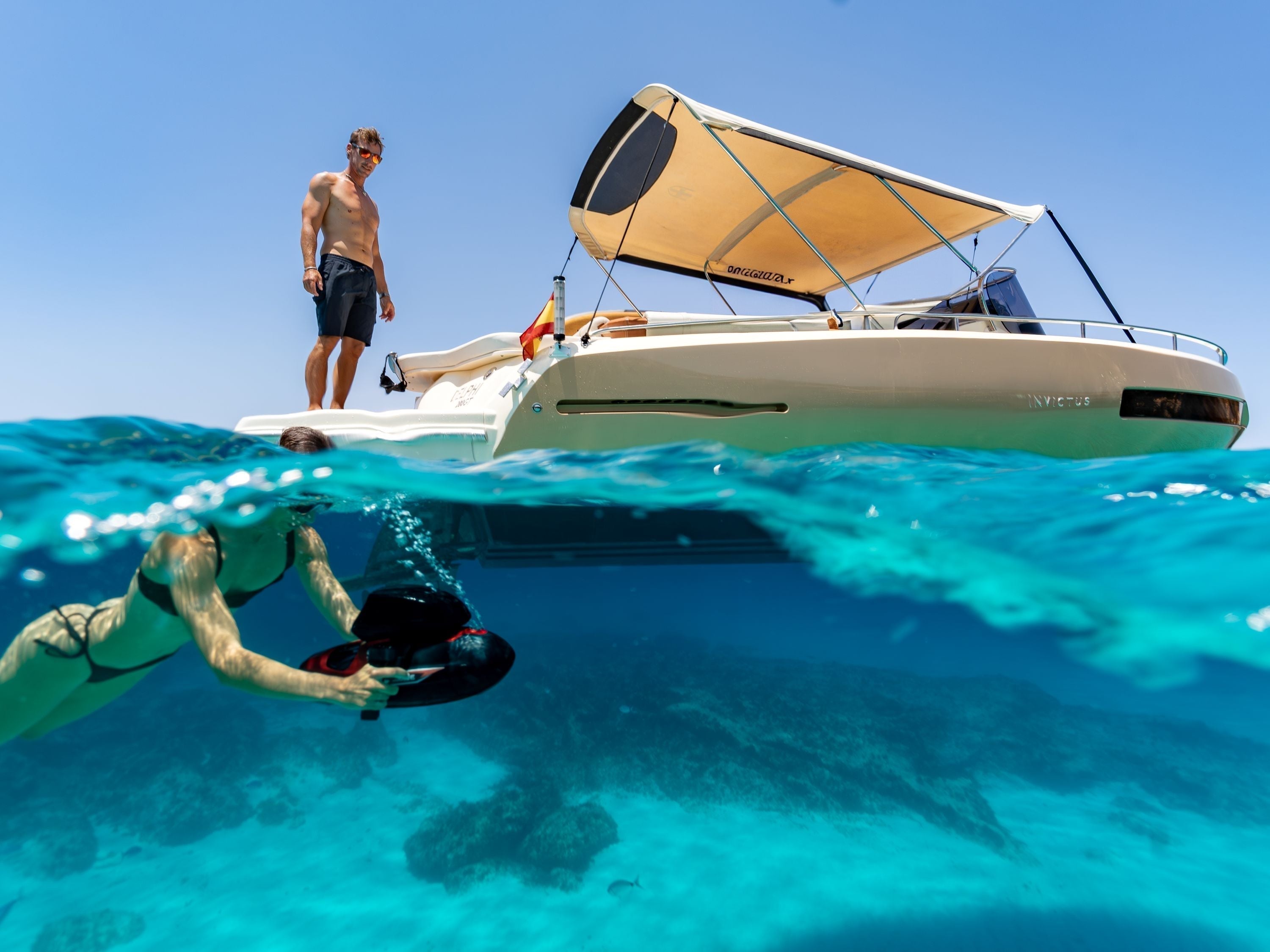
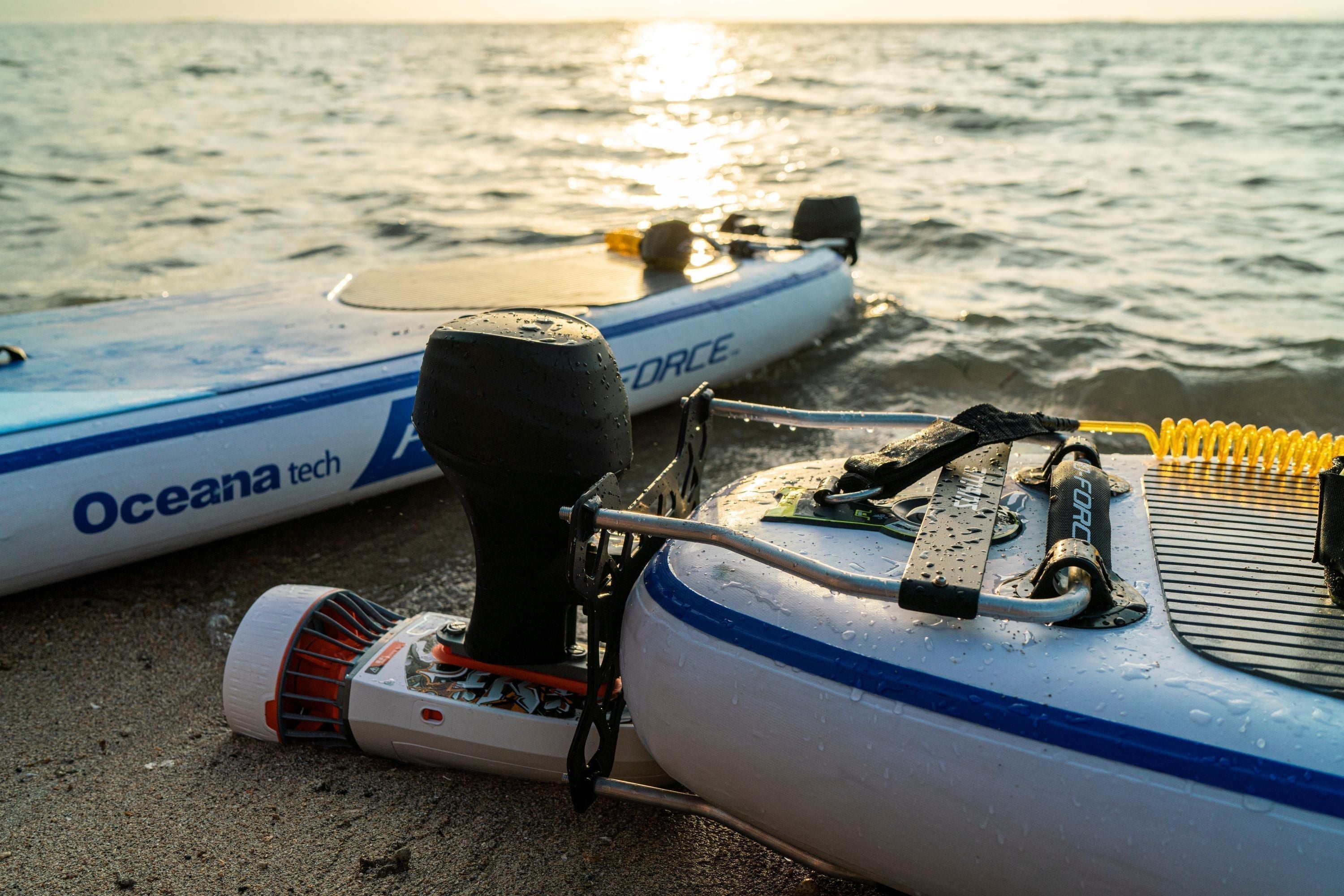
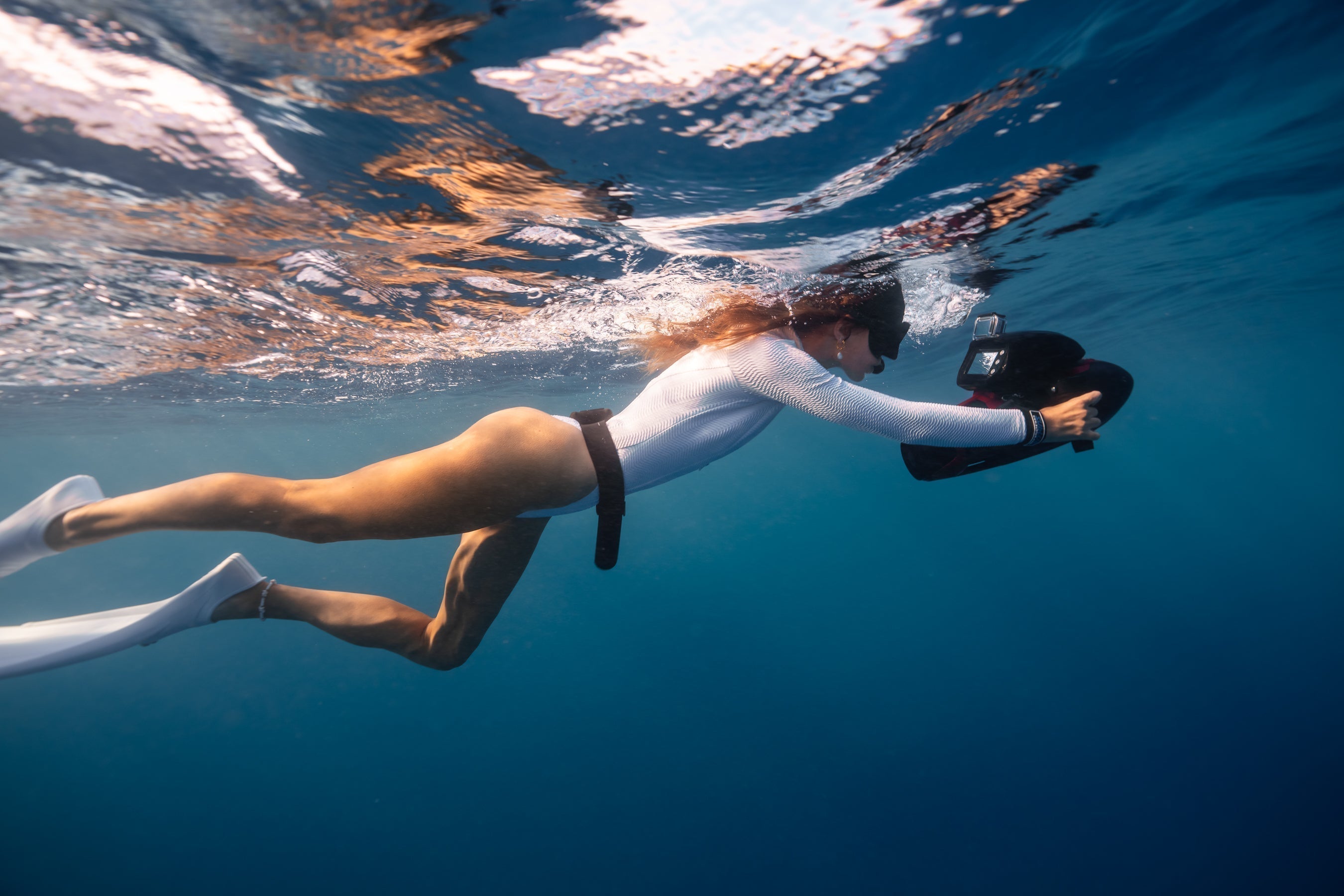


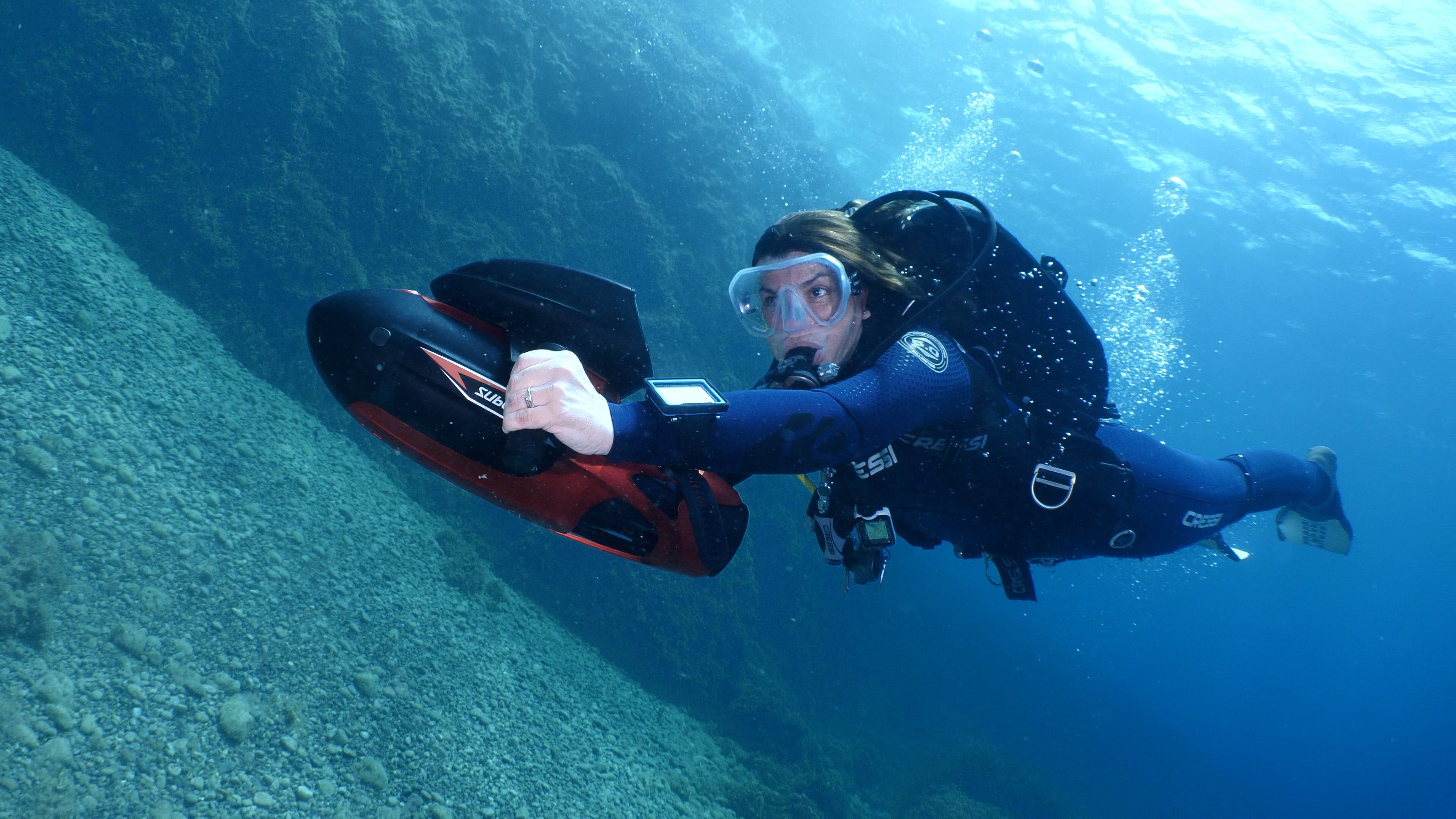
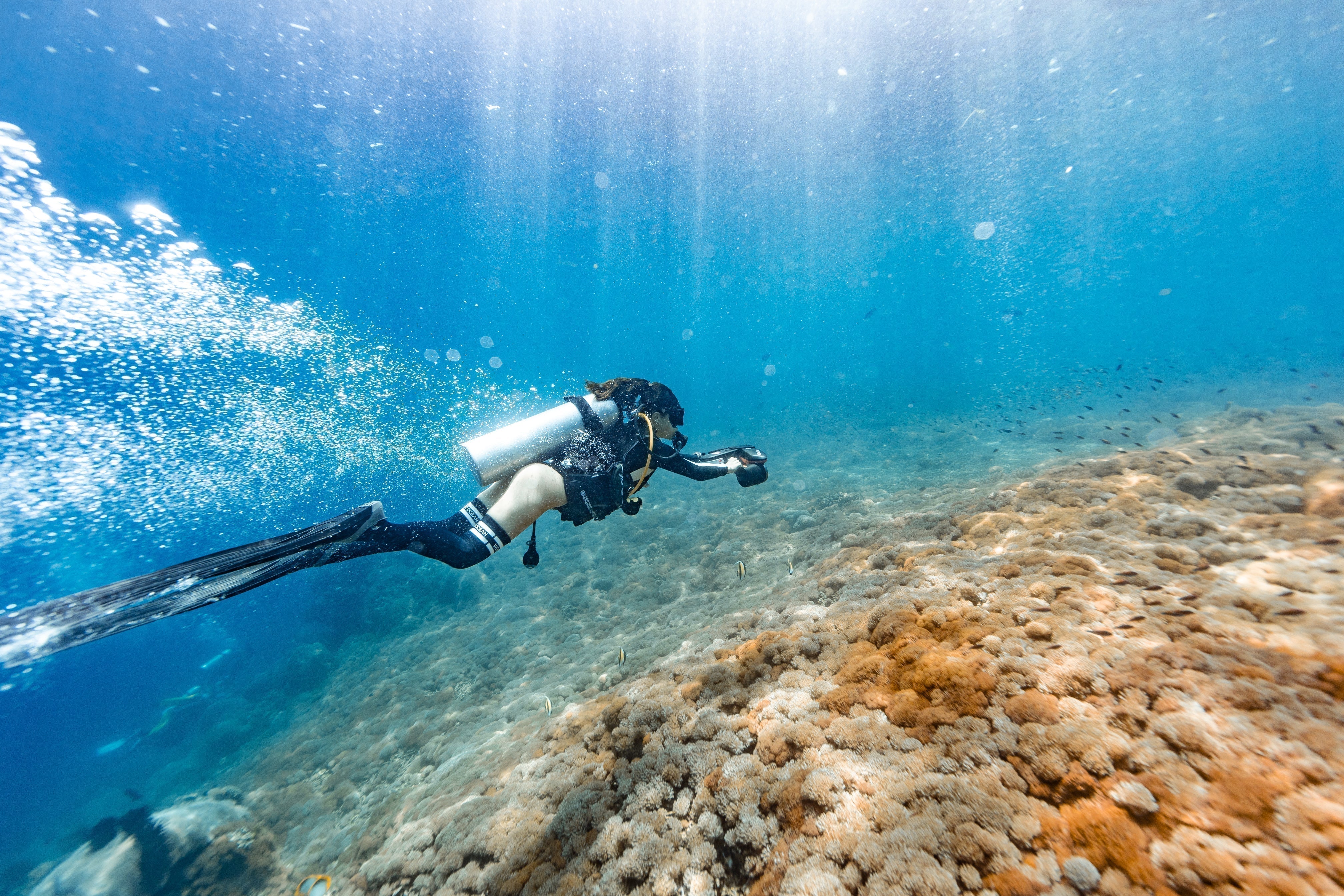
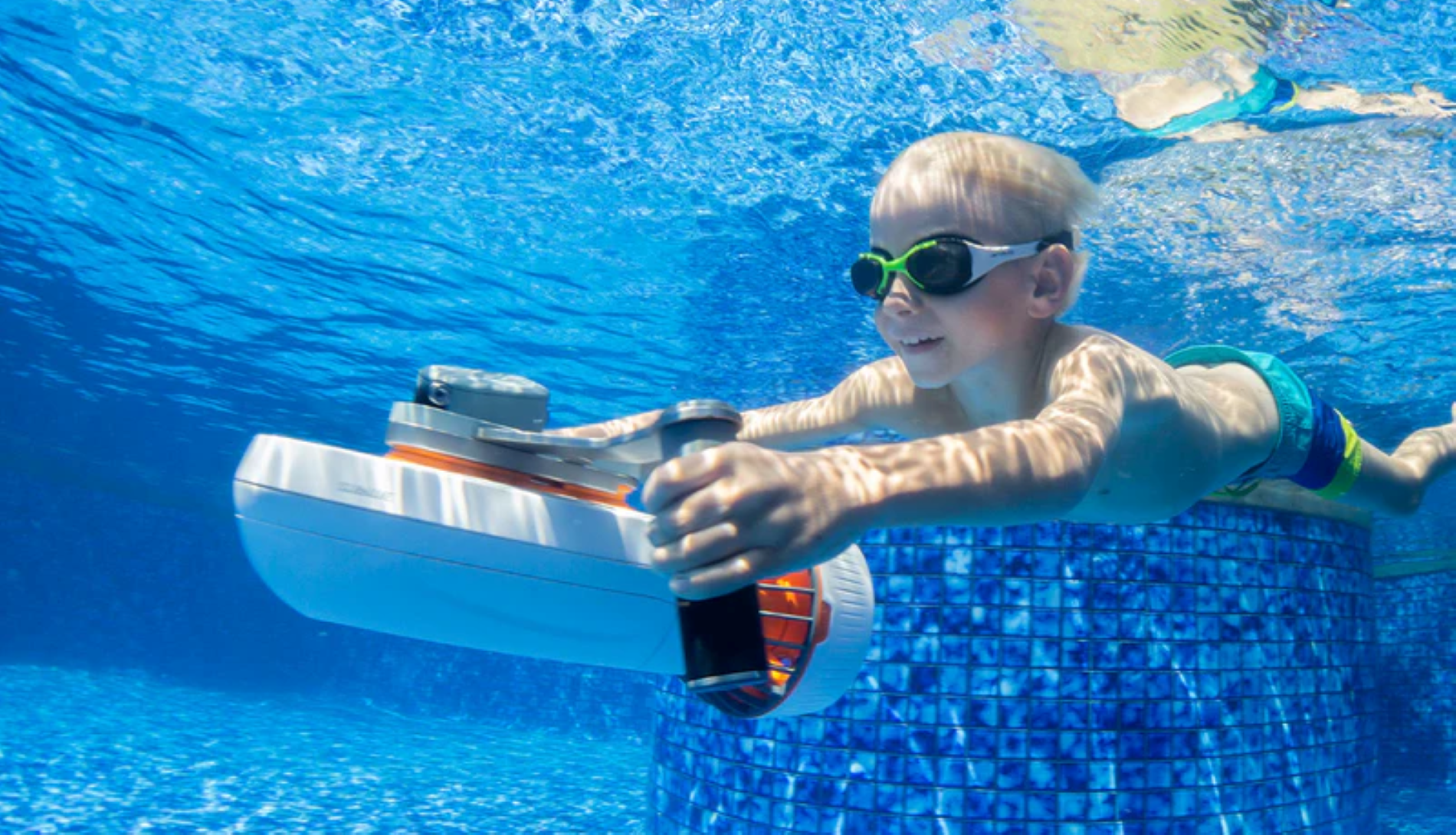
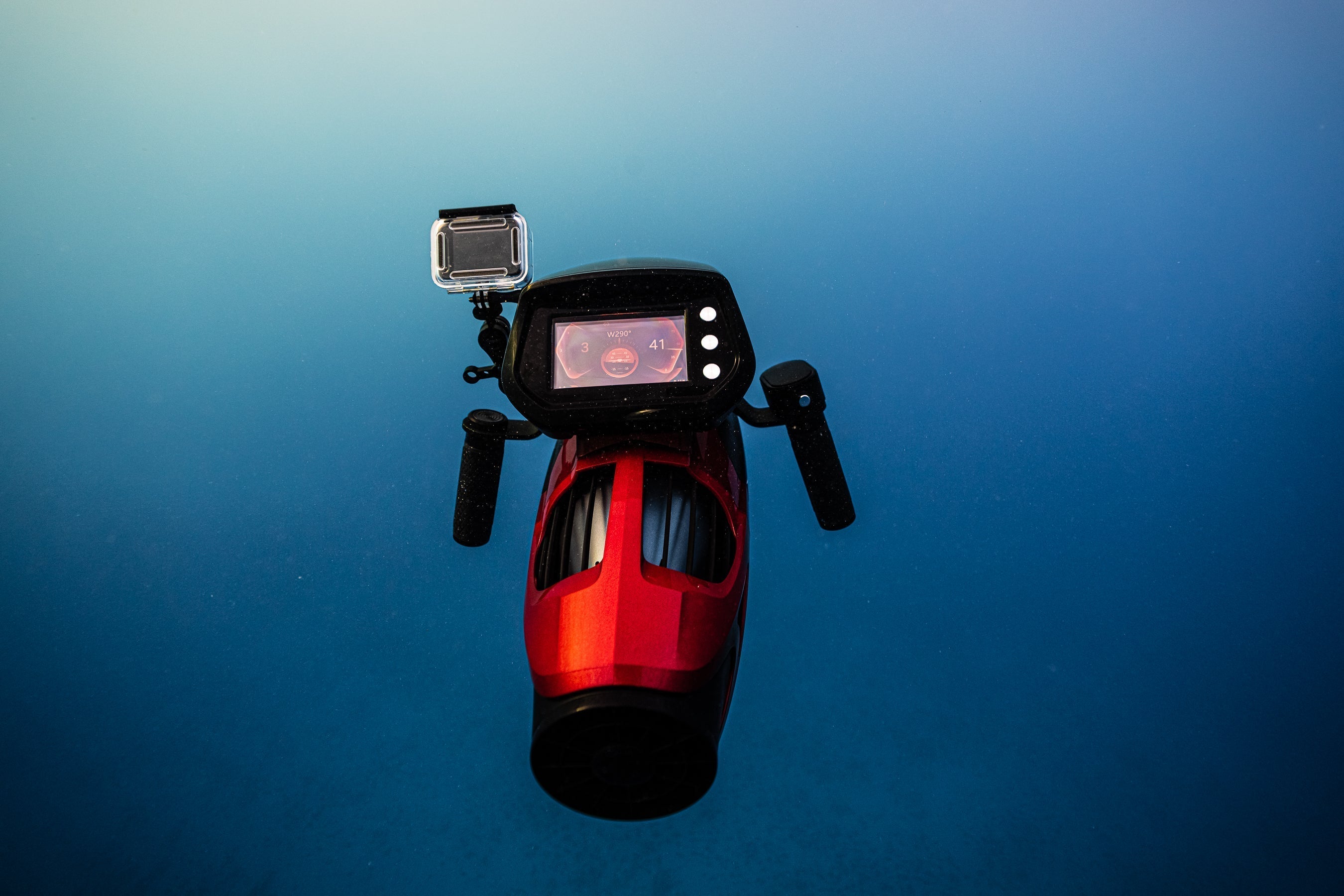
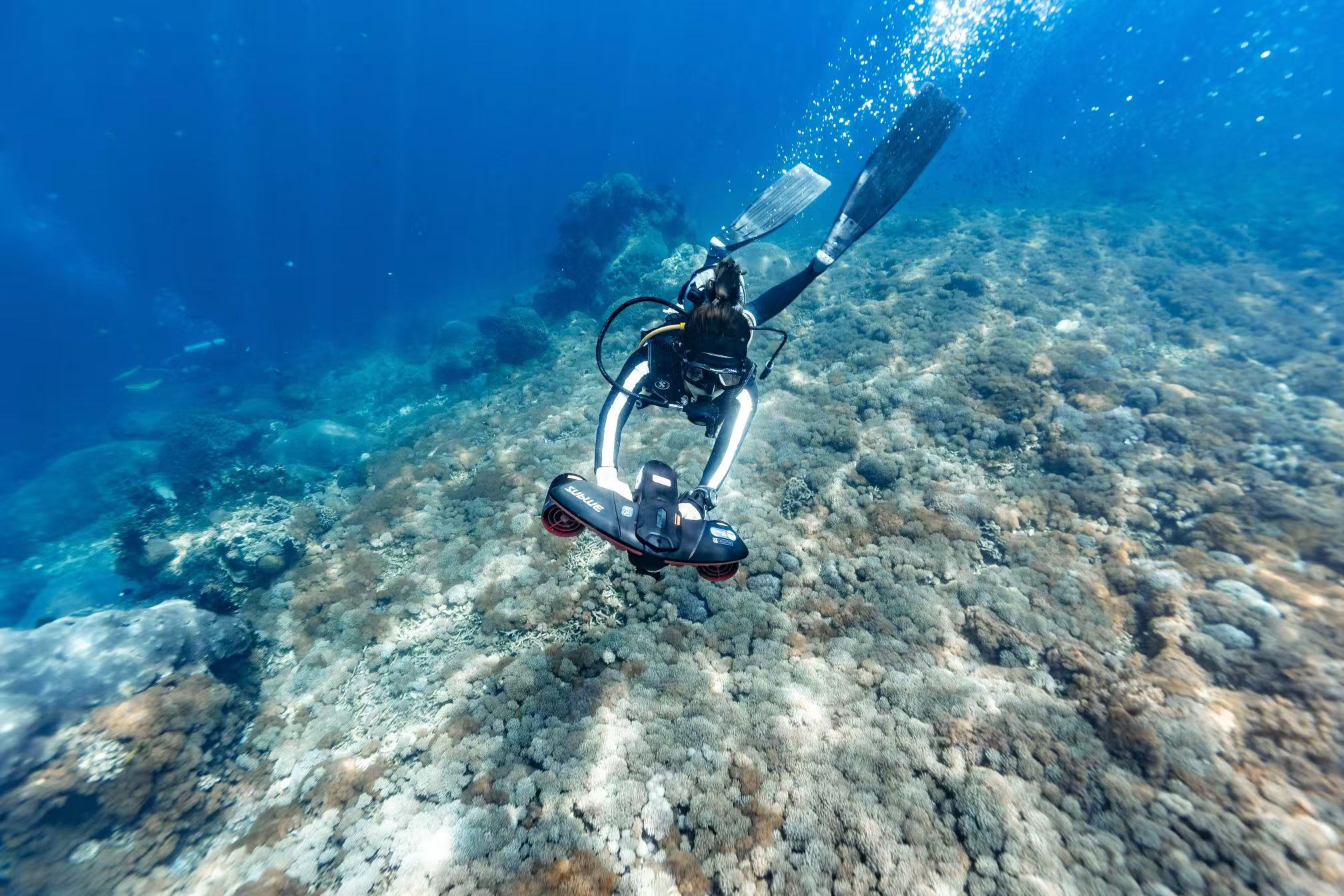
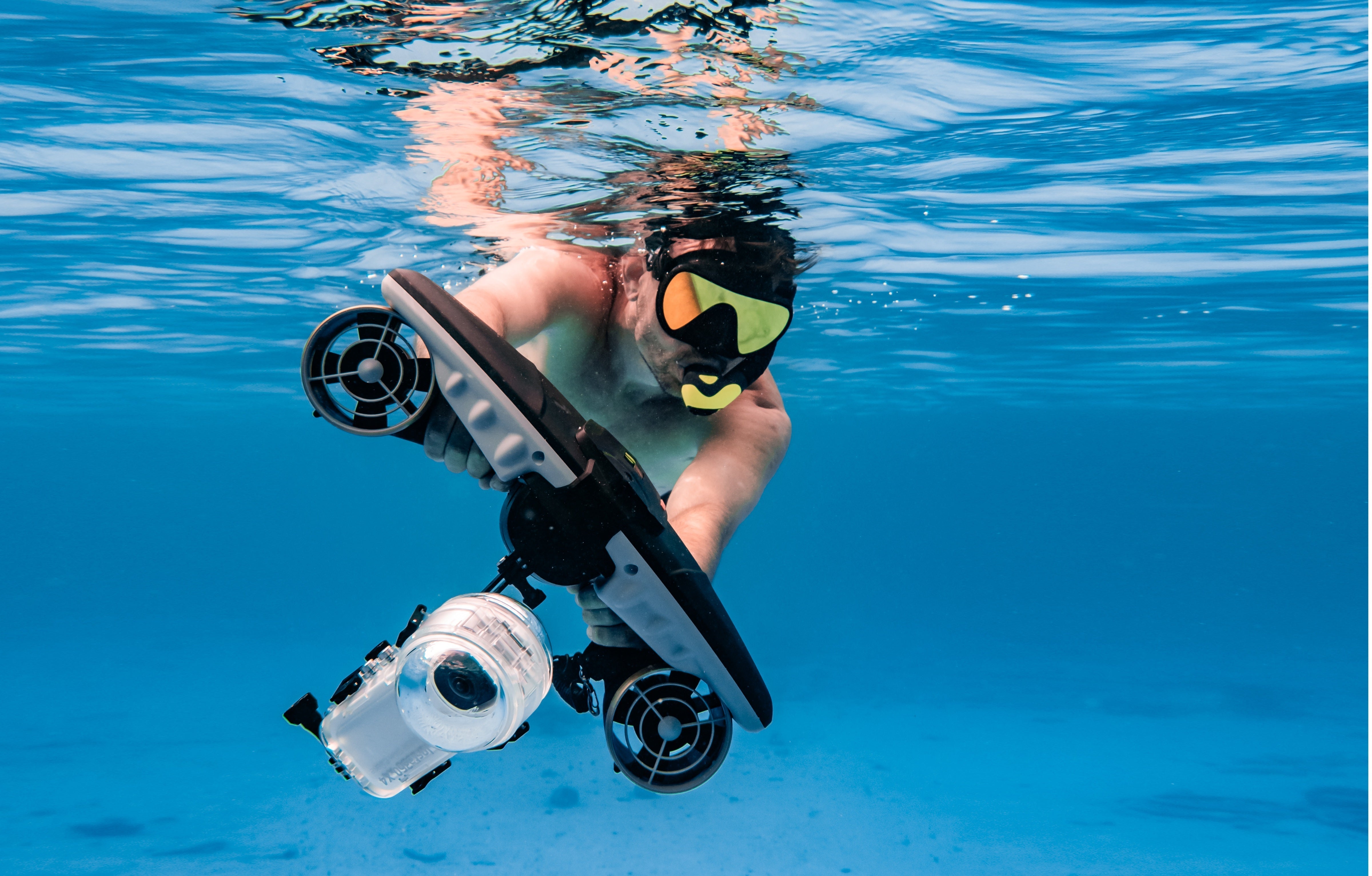
Share:
Basics of Night Diving
Beginner's Guide to Freshwater Diving